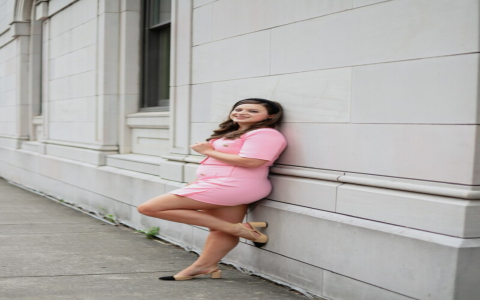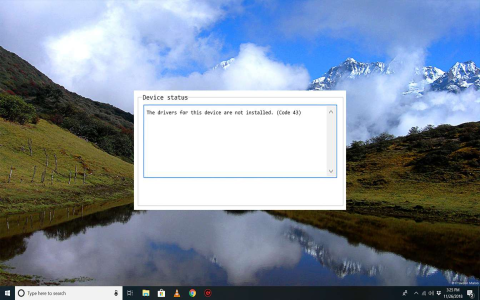Figuring Out This Lip Gloss Thing
Alright, so, “where does lip gloss come from?” I actually got pretty curious about this myself not too long ago. You see all these shiny tubes everywhere, and I just started wondering, what’s really in them? Is it some super-secret formula cooked up in a lab with a bunch of unpronounceable stuff? Well, kinda, but also, kinda not.
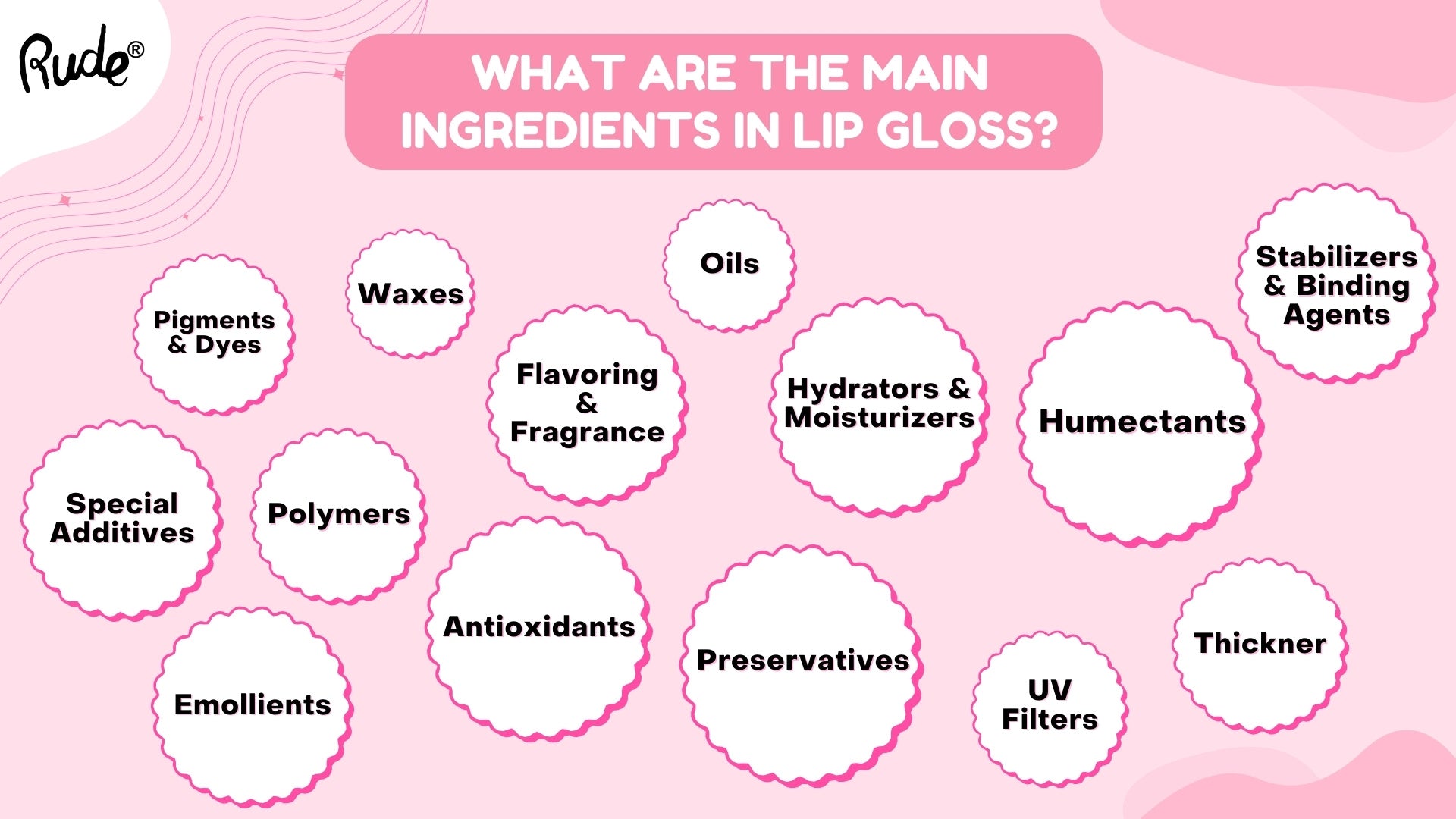
So, I did what any normal, slightly obsessed person would do. I decided to try and make some. Yeah, from scratch. Or, as scratch as I could get with stuff I could find around or buy easily.
My Kitchen Lab Experiment
First off, I hit the internet, obviously. Found out most of these things start with a base – something like wax, or even good ol’ petroleum jelly. This stuff makes it smooth and helps it glide on, you know? Then they add oils, fragrances, and pigments for color. Sounds simple enough, right?
I rummaged through my kitchen and bathroom. I had some beeswax pellets I bought for another project ages ago, and some coconut oil. Figured that could be a good start for the base. For oil, I had some castor oil, which I read is pretty common in lip products. Okay, looking good.
The Melting Saga
So, I got a small glass bowl and put it over a pot of simmering water – my fancy double boiler, haha. Threw in the beeswax. Let me tell you, beeswax doesn’t melt super fast. You gotta be patient. I read about Carnauba wax being used too, and apparently, that stuff takes even longer to melt. Glad I stuck with beeswax for my first try.
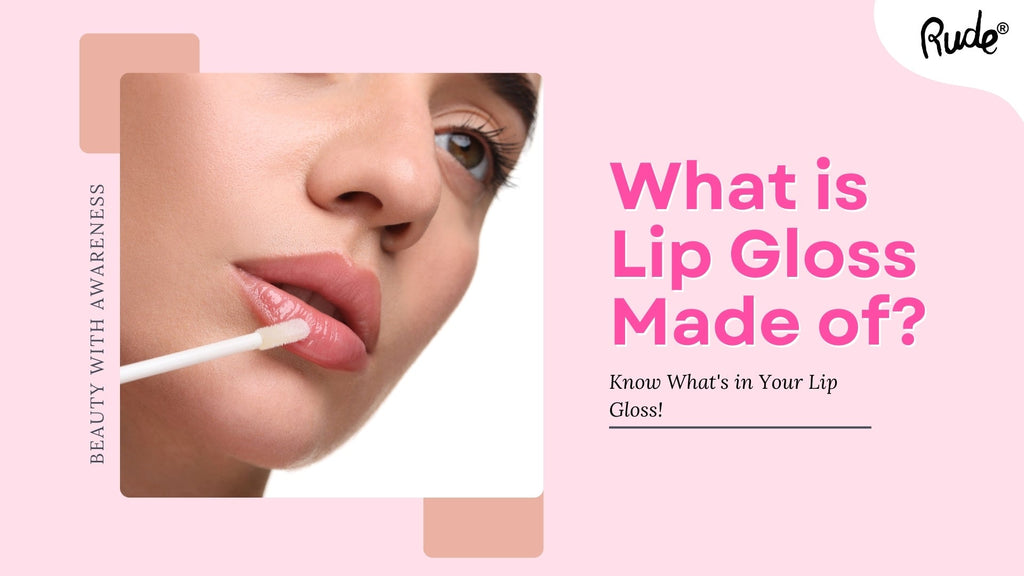
Once that finally melted down, I stirred in the coconut oil and a bit of castor oil. It was looking… oily. Which, I guess, is the point.
Adding the Fun Stuff
Now for color and scent. This is where it got interesting. I didn’t have proper cosmetic pigments. But I did have an old lipstick that was almost finished, a nice berry shade. So, I scraped a tiny bit of that into my warm oily mixture. Stirred it like crazy. For scent, a drop of vanilla extract from the baking supplies. Why not, right? Seemed safe enough.
- Beeswax for the base – check.
- Coconut oil and castor oil – check.
- A smidge of old lipstick for color – check.
- Vanilla for a nice smell – check.
The mixture was… well, it was a hot, colored, oily liquid. I found some tiny little pots I had saved (you know, those sample-sized ones). Carefully, and I mean carefully, I tried to pour my concoction into them. Made a bit of a mess, not gonna lie. Definitely not as neat as a factory line.
So, Where DOES It Come From?
After it cooled down, I had my very own homemade lip gloss! Was it perfect? Nope. Was it a bit greasier than store-bought? Maybe. But it was lip gloss. It was shiny, had a bit of color, and smelled like vanilla.
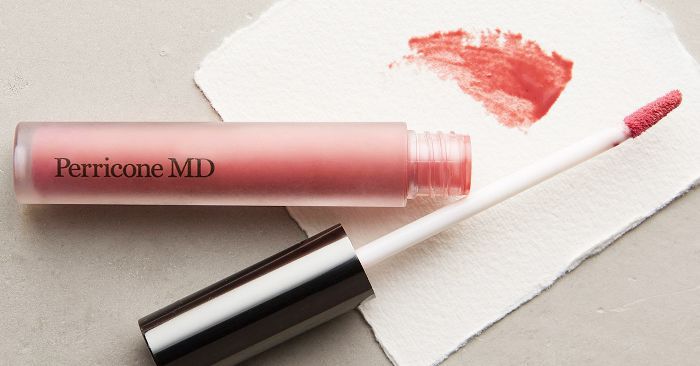
So, back to the question. The fancy ones you buy? They come from big factories, with precise measurements, and a whole lot more ingredients. Things like “polybutene” and “hydrogenated polyisobutene” – stuff that helps it last longer, feel a certain way, and probably stops water loss, whatever that means for your lips. And titanium dioxide for opacity or shimmer. Lots of chemicals that are definitely hard to spell.
But the idea of lip gloss, the basic concept? It seems to come from a pretty simple place:
- Something waxy or jelly-like for the body and glide.
- Some oils for moisture and shine.
- Something for color and scent.
Why did I even go through all this? Honestly, I was looking at my daughter’s little play makeup kit one day, and the lip gloss in it had this insanely long list of ingredients. I just thought, “Huh, I wonder if you could make something like this with fewer, simpler things?” It wasn’t about making a business out of it, more just pure curiosity. Like a little science experiment in my kitchen. And it turns out, you kinda can. The basic principle is straightforward, even if the commercial versions are way more complex to get that perfect, long-lasting finish we’re all used to.
So yeah, that’s my little adventure into the world of lip gloss. It comes from a lab, sure, but the heart of it is simpler than you might think.


